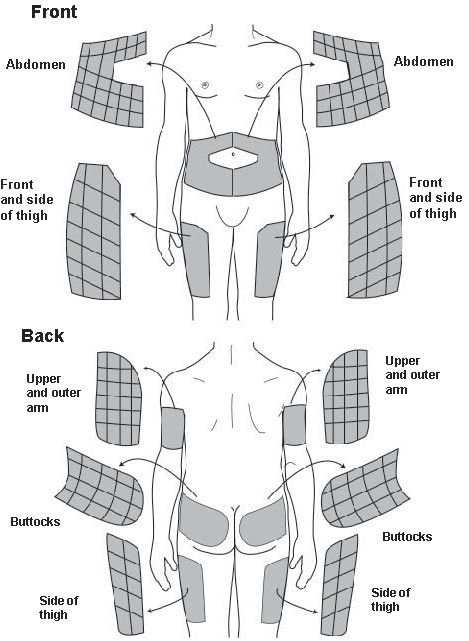Taken from an email posted on one of the online forums, the link below is a scanned copy of Dr. Pommier’s research and use of octreotide during surgery of patients with any kind of neuroendocrine tumor including carcinoid and pancreatic islet cells. Dr. Pommier – Prophylactic Octreotide to Prevent Surgical Carcinoid Syndrome – March 20, 2012.
Dr. Woltering’s Octreotide Protocol: The NOLA NETS group uses this–others use less–can’t speak to their results but even with these “higher than others” type dosing we have had 2 carcinoid crisis out of about 300 OR visits– Two hours before surgery give 500 micrograms of octreotide acetate IV Push Then start a 500 microgram per hour IV infusion —– start this immediately after the IV push and continue infusion during and after
If General Anesthesia is used, give the patient s.q Sandostatin (octreotide) 200 ugms followed immediately with an IV Sandostatin drip at 75 ugms per hour. Run the i.v pre-peri and for six hours after Surgery. If local or regional block anesthesia is used, Sandostatin i.v 200 ugm bolus should be on-call for any drop of Blood pressure. This can be repeated every two or three hours. Call for any questions (319-430-7669, cell). Peace, Tom
People who are dealing with neuroendocrine tumors of any kind, be it PNET or carcinoid are prone to special complications that can arise during surgical procedures, even as simple as a root canal or a colonoscopy. These complications can cause the patient to go into carcinoid crisis, a very real and life threatening situation. Below are a list of recommendations that some of the NET experts tell anesthesiologists before working

If you are using octreotide for symptom control, there are several sites that you can use for injecting octreotide. Keep in mind, this is for short-acting Sandostatin (octreotide) not for long-acting Sandostatin LAR. This is a handy chart that diabetics use for injecting insulin.


You must be logged in to post a comment.